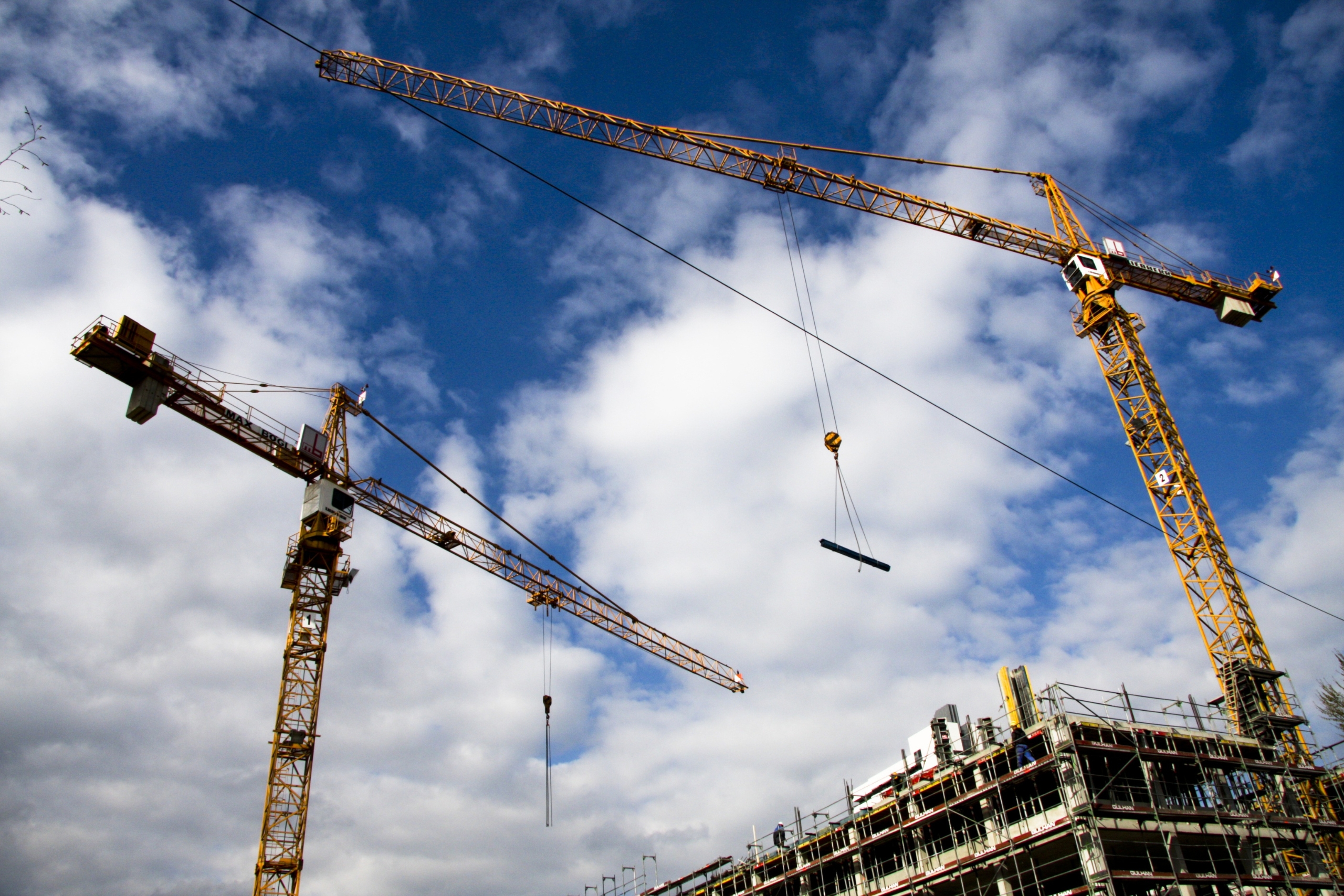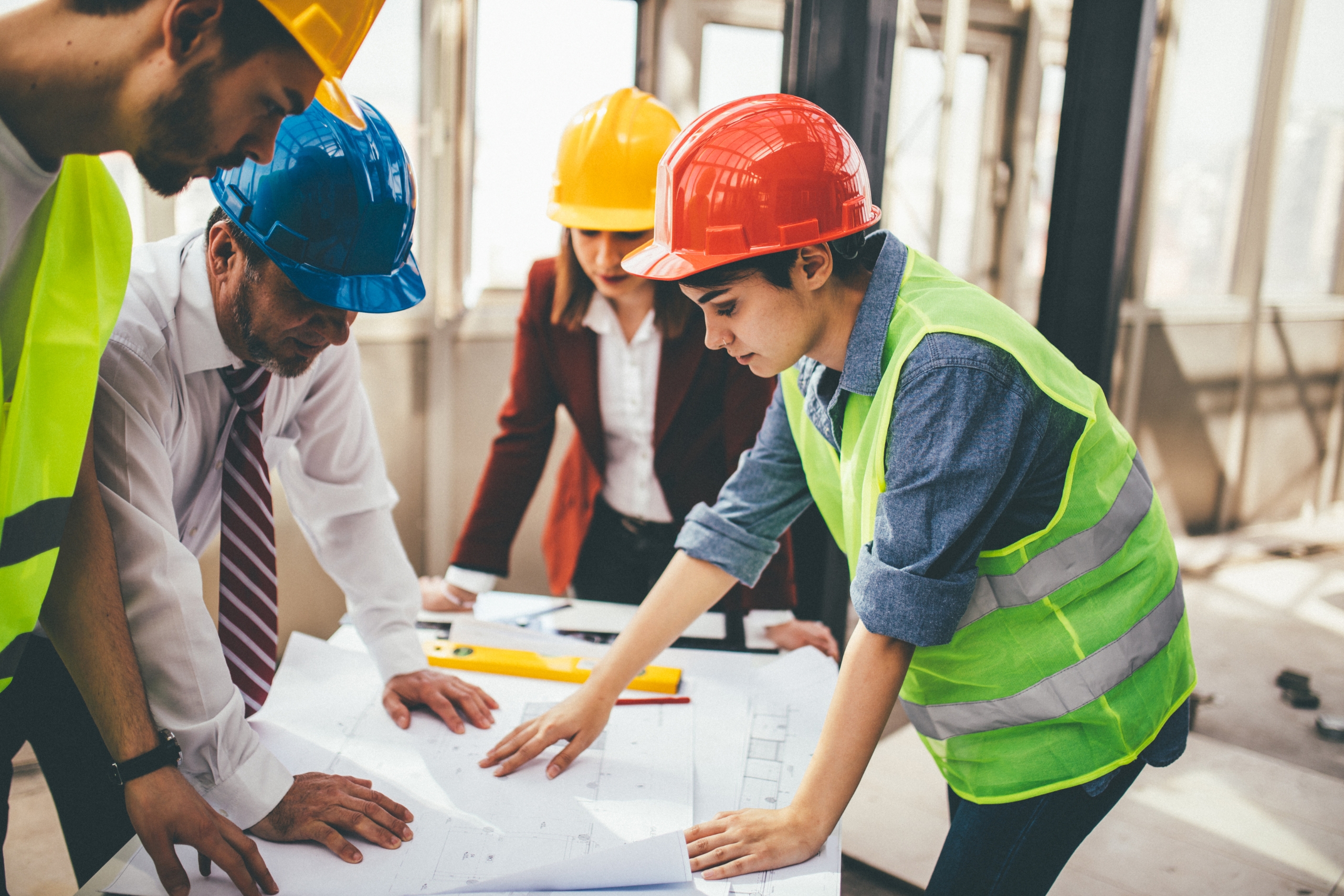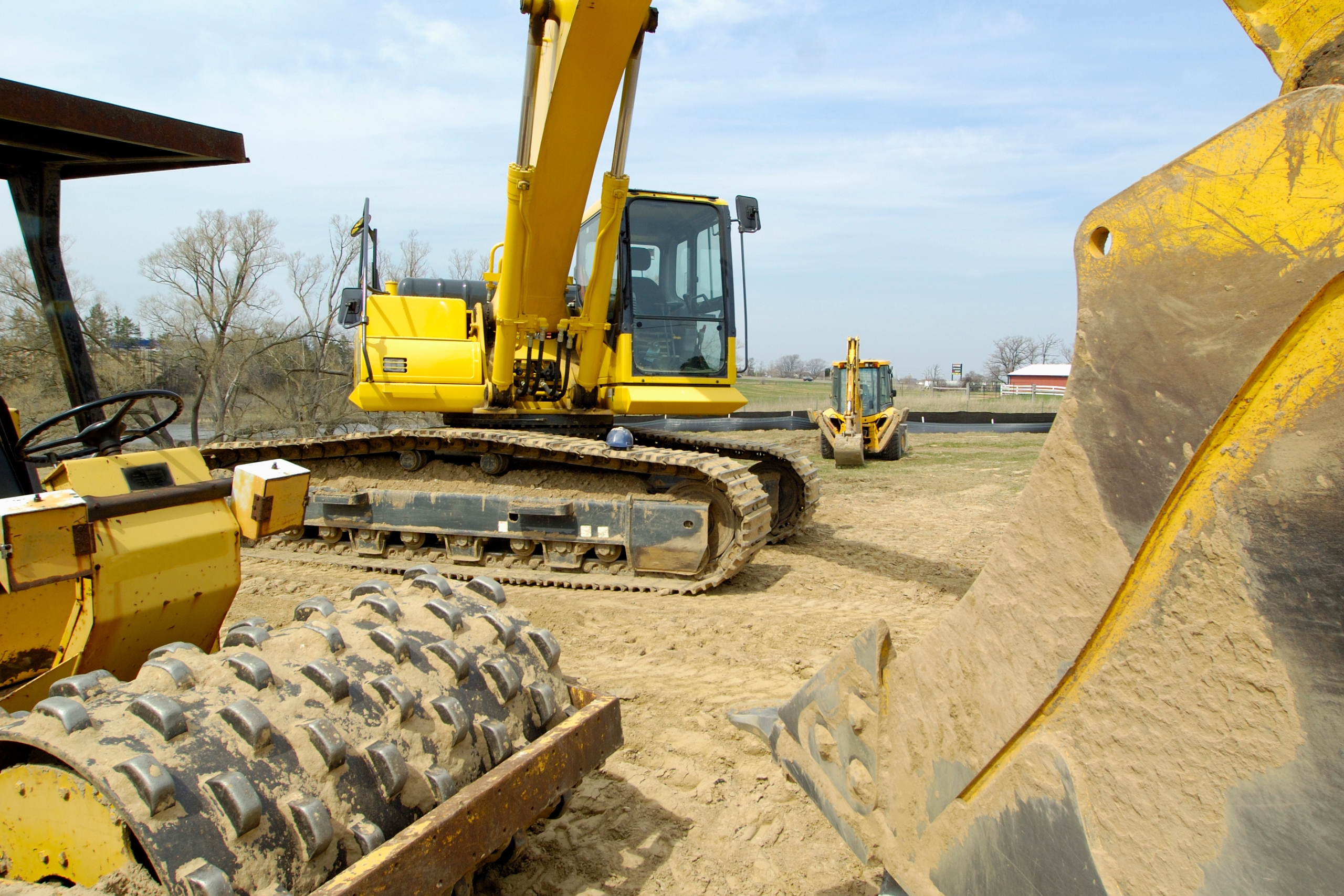Sustainability is more than a trend—it’s a necessity for businesses planning construction projects today. By focusing on eco-friendly methods and materials, businesses can create structures that benefit the environment while saving on costs in the long run.
A sustainable commercial construction project starts with understanding core principles and setting clear goals. These goals guide decisions and help measure success throughout the project. Incorporating sustainable practices from the beginning is key to achieving a balance between functionality and environmental responsibility.
Choosing the right materials and collaborating with experienced team members are also crucial steps. Selecting eco-friendly options and utilizing modern techniques helps reduce environmental impact. Teams with a shared vision make it easier to reach sustainability targets, ensuring the project is not only green but also efficient and successful.
Understanding Sustainable Construction Principles
Sustainable construction focuses on minimizing the impact on the environment while meeting the needs of the present without compromising future generations. The key principles include energy efficiency, resource conservation, and indoor environmental quality. By adopting these principles, construction projects can significantly reduce their carbon footprint.
Energy efficiency involves using less energy to perform the same task, which can be achieved through various means like implementing energy-efficient systems and optimizing building designs. Resource conservation is another important aspect, focusing on minimizing waste and utilizing renewable materials. Good indoor environmental quality ensures a healthy and comfortable environment for building occupants.
Building sustainably provides many benefits beyond environmental protection. It often results in long-term cost savings for building owners. Energy savings, reduced waste disposal costs, and improved resource efficiency contribute to financial benefits. Moreover, sustainably designed buildings tend to have higher market value and appeal to environmentally conscious tenants or buyers.
Integrating sustainability at the beginning of the construction process is crucial. Early planning can incorporate sustainable practices into the design and material selection phases, ensuring that sustainability objectives are met throughout the project. This proactive approach avoids costly redesigns and adjustments later in the construction phase.
Setting Clear Sustainability Goals
When kicking off a sustainable construction project, it’s vital to set clear and measurable sustainability goals. These objectives can guide decisions and shape the project’s direction. Here are some common sustainability goals for commercial projects:
1. Energy Efficiency: Reducing energy consumption through modern technologies or renewable energy sources.
2. Water Conservation: Implementing systems to reduce water use or manage stormwater effectively.
3. Waste Reduction: Minimizing construction waste through careful planning or recycling.
Prioritizing these goals depends on the specific needs and context of the project. Begin by assessing the project’s site, type, and expected use. These factors help in identifying the most relevant goals. Once prioritized, it’s important to establish metrics to measure progress. Regular assessments ensure that the project remains aligned with its sustainability targets.
Green building certifications, like LEED or BREEAM, play a significant role in setting and achieving sustainability goals. These certifications provide frameworks and benchmarks for sustainable practices, offering a structured approach to green building. Pursuing certifications not only validates efforts but also enhances the building’s reputation and marketability.
Integrating clear goals at the beginning encourages accountability and ensures the project remains focused on sustainability. Establishing strong objectives and regularly tracking progress can lead to significant environmental and financial benefits over the project’s lifecycle.
Choosing Sustainable Materials and Methods
Selecting the right materials is essential for sustainable construction projects. Opting for eco-friendly materials like recycled steel, bamboo, or sustainably sourced wood reduces the environmental impact and promotes resource conservation. These materials not only lessen the depletion of natural resources but also contribute to healthier environments by minimizing pollutants and toxins.
Sustainable construction methods play a critical role in reducing the project’s overall footprint. Techniques like prefabrication can minimize waste, while green roofs and walls enhance insulation and reduce energy consumption. Employing modular construction strategies may also streamline the building process and reduce on-site waste, proving to be both economical and environmentally sound.
Life-cycle assessments (LCAs) are crucial when choosing materials, as they evaluate the environmental impact of materials over their entire lifespan—from extraction to disposal. Incorporating LCAs helps project managers identify the most sustainable options, ensuring that every component of the building supports sustainability goals. This approach leads to more informed decisions and reinforces the commitment to sustainable principles throughout the construction process.
Collaborating with the Right Team
Assembling the right team is a cornerstone of any successful sustainable construction project. Look for partners who have experience and expertise in sustainable building practices. Their knowledge and real-world applications can bring fresh ideas and innovative approaches to the table, making sure the project aligns with sustainability objectives from start to finish.
Effective collaboration with your team enhances the project’s sustainability outcomes. Schedule regular meetings and brainstorming sessions to discuss progress, challenges, and potential improvements. A collaborative environment encourages creativity and ensures that everyone is on the same page regarding sustainability goals.
Consistent communication and a shared vision are vital for achieving sustainable success. Make sure that all team members—from contractors to designers—are aware of the sustainability targets. This unified approach promotes accountability and allows for quick problem-solving, keeping the project on track and aligned with its green aspirations.
Conclusion
A sustainable commercial construction project involves careful planning, informed decisions, and a commitment to eco-friendly practices. By understanding sustainable principles, setting clear goals, selecting the right materials, and collaborating with an experienced team, businesses can create structures that are environmentally sound and cost-effective.
Now is the time to bring your vision of a sustainable building to life. At PC Construction, we have the expertise and dedication to guide your project every step of the way. Our team is ready to partner with you to achieve your sustainability goals, delivering quality and innovation that stand the test of time. Contact us today to start your commercial construction in Omaha with a greener future in mind.




